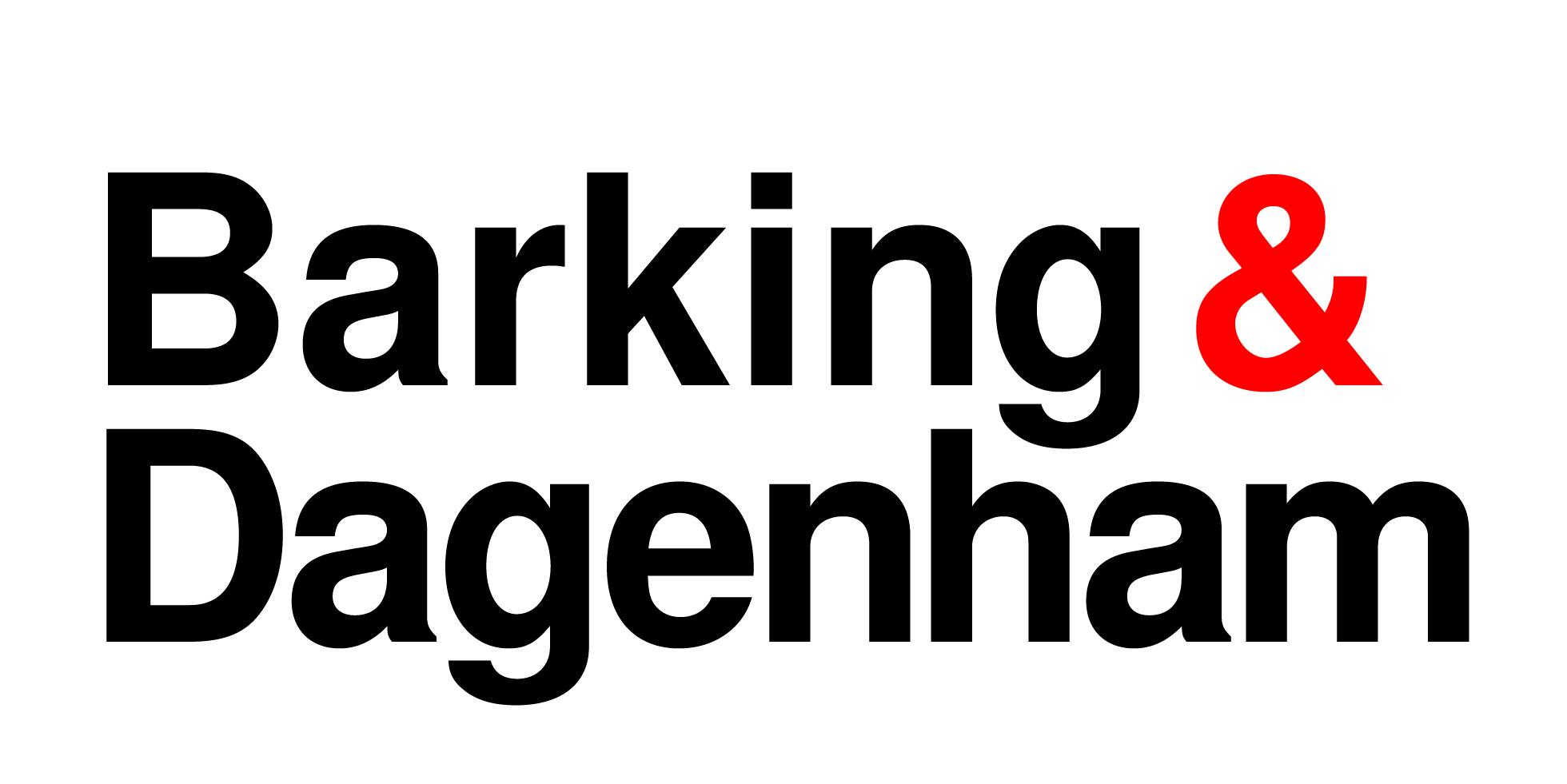Review of Polling Districts and Polling Places 2022
Consultation has concluded

Background
Across 2020 and 2021, the Local Government Boundary Commission for England (LGBCE) carried out a review of electoral ward arrangements within the London Borough of Barking & Dagenham (LBBD). The LGBCE review has resulted in the number of wards in the Borough increasing from 17 to 19 and boundary changes to all but one of the current wards. These new arrangements will take effect from the Local Elections on Thursday 5 May 2022 and apply to all elections from this date.
In response to the LGBCE review, the Council has carried out a review of all polling districts, places and stations within the Borough.
A polling district is a sub-division of a constituency or ward; a polling place is the building or area where polling stations are situated; a polling station is a room or building which is used for the issuing of ballot papers to voters.
Scope and Objectives of the Review
The review examines all polling districts and polling places in the borough. The ward boundaries cannot be altered as part of this review.
The main aim of the review is to seek to ensure that all electors have reasonable facilities for voting and, as far as possible, polling places are accessible to electors who are disabled.
Other guidelines taken into account as part of the review are listed below, although it is not always possible to achieve every aspect due to accessibility issues or a lack of availability of suitable venues:
- The polling place should, wherever practical, be in its own polling district;
- Natural, well-defined boundaries are preferred;
- All properties in a minor road or estate should be in the same polling district (unless the ward or constituency boundary makes this impossible);
- There should be an even spread of polling places;
- No elector should have to pass another polling place to get to their own;
- The polling places that voters are familiar with are not changed unless there is a strong need to do so.
Key Issues for the Proposals
There are 70 proposed polling stations across a total of 60 different polling places. Of the 60 polling places, 55 have previously been used and 19 of the sites are schools or other educational establishments.
According to Electoral Commission guidance, no polling station should have more than 2,500 electors allocated to it – this excludes postal voters and those not eligible to vote. Where a polling place has more than 2,500 eligible electors, the electorate should be split between two polling stations (known as a double polling station) in the same venue. Therefore, the number of polling stations may increase as a result.
All of the polling places / stations proposed within this review have been subject to an assessment and deemed to be accessible. As both Council and non-Council premises are used as polling places it is not always possible to ensure full accessibility, such as provision for disabled car parking. However, practical steps such as providing temporary access ramps where permanent ramps are not in place and ensuring that corridors and doorways are wide enough to accommodate motorised wheelchairs are always considered. In addition, polling station staff are trained on the practical steps that they should take to facilitate disabled voters on polling day.
With regard to the use of schools and other educational facilities as polling places, every effort is made to find alternatives to avoid any potential disruption to pupils, teachers and parents. However, as schools are generally at the heart of the community and are more likely to be Disability Discrimination Act compliant than private buildings, it has been necessary to retain a number of school premises as polling places. Where school premises are to be used, site visits have taken place and discussions held with school representatives to identify, wherever possible, locations within the school boundary that are separate from the main classroom areas, to allow the school to remain open on election day and to minimise the interaction between electors and school staff and pupils.
Why your views matter
The Council welcomes the views of residents, local councillors, political parties, local community groups and other persons or groups that have expertise in relation to access to premises or facilities for persons with any type of disability.
Any person or body that does not support the proposed polling district and polling place arrangements is asked, wherever possible, to suggest alternatives for us to consider.
Under the Ward Maps section of this page, you will find a list of the new polling stations for each district and a ward map for the new ward. This also includes further information as to why the stations have been chosen.
The closing date for providing feedback is Friday 18th February 2022.



